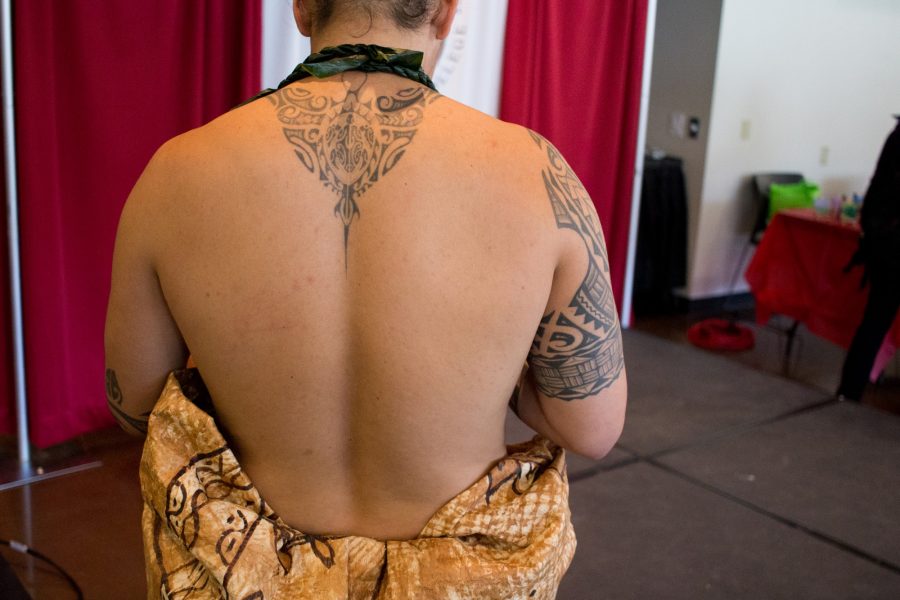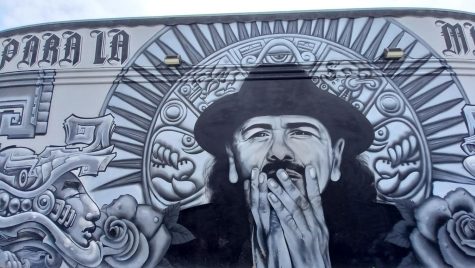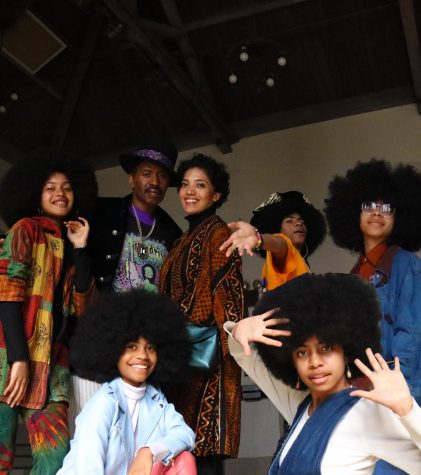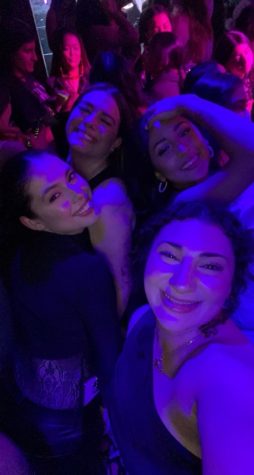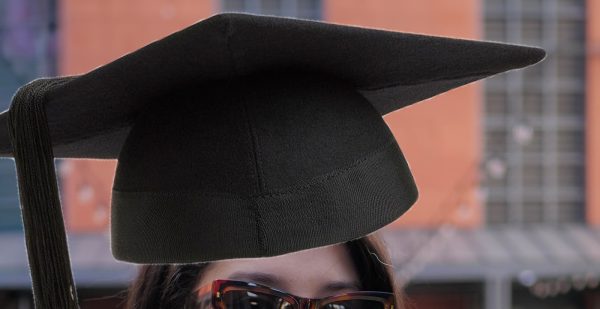Tapping into time
Photo by Andrew Avilla/The Skyline View
Example of traditional ‘hand pricked’ tattoo.
The practice of mating ink and skin has been carried out since the beginning of human history. No matter how small, these permanent markings serve as messages, symbols, and identities.
“To mark something” is translated as the Samoan word “tatau.” Though controversial to many, the “kakau,” “batok,” or “tattoo” is an important aspect of history and culture to many Asians and Pacific Islanders.
Many associate traditional patterns and tattooing with Polynesia, but fail to acknowledge other cultures that have their own tattooing traditions as well. The term “traditional,” echoed throughout this article, refers to the original means of tattooing, a “hand-pricking” approach.
This method is far more complex than the guns licensed professionals use in parlors. In traditional tattooing, the practitioners are often not licensed. Instead, they begin as apprentices, learning from their mentors.
Of course, tattoo guns did not exist some hundreds of years ago, so the tools typically used were catered toward the supplies specific regions offered. For example, in the Philippines, the traditional hand tap was practiced using the “baut,” a tool used to tap, and “kisi,” a tool used to pierce the skin.
The sound of the traditional hand tapping approach is also different from that of modern tattooing methods. Walking into a tattoo parlor today, your ears fill with sounds of mechanical buzzing. When being hand tapped, sounds of two objects tapping one another echoes methodically instead.
It is common to see Skyline students inked up with full sleeves of tribal patterns. However, some do not know what their patterns actually mean. This is what traditional practitioners try to stay away from. The goal of one who practices traditional methods of tattooing is not to create random marks on someone’s body to make them look cool, the goal is to continue and share tradition.
Tattoo practitioners are vessels of their own culture, culture bearers if you will.
“Culture bearers are people who have a unique body of cultural knowledge and it’s their duty to pass that on and to perpetuate whatever practice they do,” tattoo practitioner Lane Wilcken says. “When you go to a tattoo practitioner you are going to them for their expertise, for their knowledge of what would be appropriate for you to have.”
A tattoo artist, however, is someone who tattoos for the aesthetic and art values of a piece.
Sulu’Ape Keone Nunes, who is a “kakau” practitioner, laid down the difference between the two. “I don’t consider myself a tattooist. I am more of a practitioner, and with that comes all of the responsibilities of being culturally appropriate and culturally mindful of the work that I do,” Nunes says. “The whole idea of cultural appropriation is kind of muddy because most tattooists think of themselves as tattoo artists and not practitioners, so they’re giving designs that are just chosen for their artistic qualities as opposed to their cultural significance.”
As there is a thin line between cultural appropriation, tattoo practitioners must discern what designs are appropriate to give someone.
“There’s a lot of people out there that have appropriated,” Wilcken says. “The designs are ethnic specific.”
For example, if a person of Mexican culture were to get a Tagalog pattern tattooed onto them, this would be appropriation. Certain patterns trace back to certain lineages, and it is discouraged to use patterns of someone else’s ancestry, because it is not yours to take.
Tattoo artists are given designs that clients want, and ink the piece typically with no questions asked. Tattoo practitioners assess which patterns are fit for each individual they work on.
“People come to me with preconceived ideas of “batok” being tattoo art, and in that we are putting ink into the skin is pretty much the only similarity,” Wilcken says.” The application is different. The connotation, the meaning, the intention is different.”
Each tap, each pierce, each line and shape, whether shaded or non-shaded, comes together to form a pattern and a story. These tattoos are believed to hold a specific power, the power of one’s ancestors or another life force. Just the practice itself is a vessel for one’s cultural history.
“Your body would tell us how the tattoo would flow,” tattoo artist of A Town Tattoo, Seymour Kaniho says. “I am trying to channel my energy through the tattoo.” During a tattoo lecture held by Kaniho,
Skyline student Nate Umagat had the honor of getting a traditional “tatau.” “I was approached by one of my friends to get [the hand tap],” Umagat says. “I actually didn’t know what I was getting myself into until I walked into the room but it was an honor nonetheless.”
An honor it was. Historically, it wasn’t easy to get tattooed. In the modern day, anyone can download a pattern from the Internet and take it to a local tattoo parlor where the artist slaps it on in half an hour or so, depending on the size of the piece.
Many years ago, only a select few individuals were allowed to be marked, and these tattoos took much longer.
“My knowledge on tatau is that it’s not just performed on anyone,” Umagat says. “It all means something. From the moment it starts, to the moment it ends, and every second in between. It was a deep cultural experience, with deep artistry that made it much more meaningful.”
Umagat is one of the few individuals in the Skyline College community that was able to experience such a culturally rich practice first hand. While the traditional practices of tattooing remain unbroken, they hang by a delicate thread.
To Asians and Pacific Islanders alike, the traditional tattooing process is a beautiful experience, both to watch and to be marked by, and it would be a shame to see such a rich, cultural practice cease to exist.



